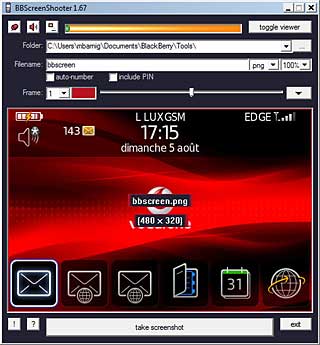Recently Google started a new beta service to optimize the performance of websites, called PageSpeed Service. PageSpeed Service is an online service to automatically speed up loading of your web pages. PageSpeed Service fetches content from your servers, rewrites your pages by applying web performance best practices and serves them to end users via Google’s servers across the globe.
Google also offers best practice rules and analysis and optimization tools and SDK’s to make the web faster.
O’Reilly organizes conferences to change the world by bringing you face-to-face with the knowledge of innovators and practitioners. Velocity, about web performance and operations, is much more than a conference; it’s become the essential training event and source of information for web professionals from companies of all sizes. Fluent, javascript and beyond, presents the tools and technologies driving the web.
Steve Sounders started in 2010 the HTTP archive to track how the Web is built. Trends in web technology load times, download sizes, performance scores and much more can be downloaded to present statistics.
Responsive Web Design (RWD) and Lazy Loading are two ways to build a better web.

